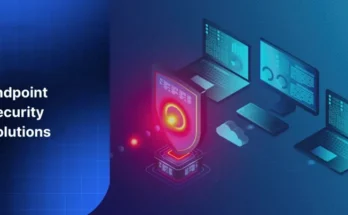
CrowdStrike Falcon vs Traditional Antivirus
CrowdStrike Falcon vs Traditional Antivirus: Which is Better for Modern Cybersecurity? With cyber attacks such as ransomware, phishing, and zero-day threats on the rise, protecting your computers and data is …
CrowdStrike Falcon vs Traditional Antivirus Read More
